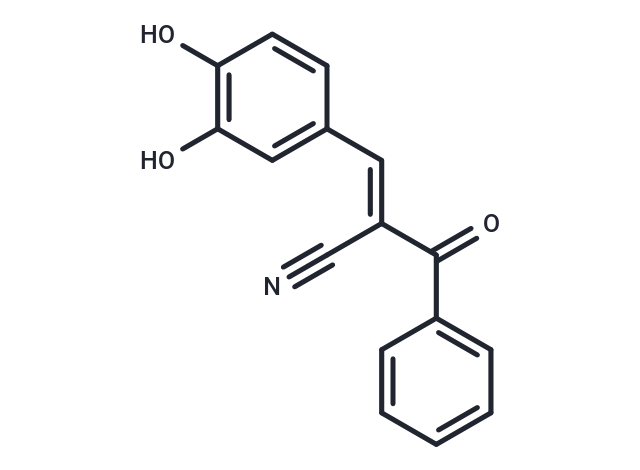Shopping Cart
- Remove All

Your shopping cart is currently empty


| Pack Size | Price | Availability | Quantity |
|---|---|---|---|
| 5 mg | $122 | 6-8 weeks | |
| 10 mg | $195 | 6-8 weeks | |
| 25 mg | $370 | 6-8 weeks |
| Description | EGFR-IN-16 (AG473) is an inhibitor of EGFR in human A431 cells. |
| In vivo | Expressed the EGFR-IN-16 lipoprotein from Neisseria meningitides, flagellin FlaB from Vibrio vulnificus and heat shock protein 70 from Mycobacterium tuberculosis (mHsp70) in Escherichia coli as single proteins and fusion proteins with VP2 protein of infectious bursal disease virus (IBDV).Both cellular and humoral adjuvanticities of the three TLR ligands were compared by immunization of mice in two different ways.Among the three co-administered TLR ligands, recombinant EGFR-IN-16 lipoprotein exhibited the highest cellular and humoral adjuvanticities, including promotion of IL-4, IL-12, IFN-γ and IBDV VP2-specific antibody production.Among the three genetically fused TLR ligands, fusion with EGFR-IN-16 D1 domain exhibited the highest cellular and humoral adjuvanticities. |
| Alias | AG473 |
| Molecular Weight | 265.26 |
| Formula | C16H11NO3 |
| Cas No. | 133550-22-8 |
| Storage | Powder: -20°C for 3 years | In solvent: -80°C for 1 year |

Copyright © 2015-2024 TargetMol Chemicals Inc. All Rights Reserved.